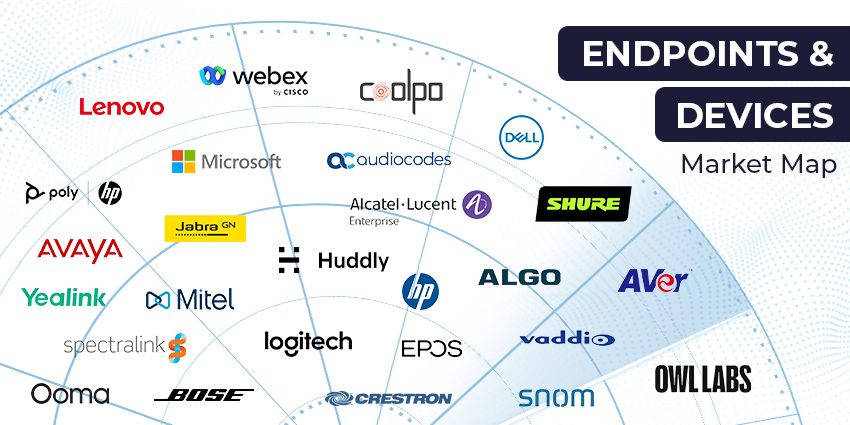Probably for the last sixty years or so, there’s been a great deal of debate in conferences and tradeshows over whether physical phone endpoints would just fizzle out altogether, replaced by UC clients and softphones.
While many CIOs have played with the idea of replacing their telephony infrastructure with mobile smartphones, the truth is that deskphones will always have their place in the enterprise. Though some companies have attempted to reduce the number of physical endpoints they’re managing, the loss isn’t as significant as you might think, with reductions averaging out at about 3%.
Why the Deskphone is Staying Put
So, if companies have considered the concept of a softphone-only environment before, why is the deskphone still such a common part of business infrastructure? The answers to that question will depend on the specific user, but here are just a few suggestions to consider:
- Simplicity: Deskphones are easy to use. They’re simple, natural, and they don’t require any kind of training
- Reliability: Deskphones are more dependable than softphone clients. They’re always available, and on, and don’t require any use of softphone software. Deskphones are also less prone to QoS issues related to the endpoint too
- Versatile: Deskphones aren’t dependent on a PC, as well as the other applications that might be running on that PC, and the amount of RAM used, as is the case with a softphone
- Integration: Deskphones can integrate seamlessly with desktop UC clients, making them convenient to use
- Flexibility: There are deskphone choices available that aren’t possible with softphones. Desk phones can come with colour displays, multi-line functions, and video capabilities. Softphones only offer one form of interface
- Call quality: Since most deskphones can be programmed to use G.722 Wideband, they increase call quality dramatically for users
- Accessible: Desktop mobility is available through most UC systems, which creates the opportunity for less real estate for visiting colleagues
- Use: Deskphones can be easily integrated with LAN, and don’t require additional cabling solutions. Most hard phones also include NIC cards to connect the PC to the phone
- Cost: Deskphones are often inexpensive. The functions of an average deskphone have grown significantly over the previous years, yet the price has remained largely the same. Features include speakerphones, encryption, displays, and more
Perhaps the most obvious reason that deskphones are still around, is the fact that people continue to use the phone naturally. While email has overtaken calling as the primary form of communication, there are few things more personal than a live call between people.
While it’s true that there’s definitely a time and place for the use of softphones only, including a solution for road warriors, or those who work occasionally from home, that doesn’t mean that the deskphone has to die out for the softphone to thrive.
Finishing Thoughts
In my opinion, physical endpoints and deskphones are a standard component for UC in enterprise environments. Most businesses still consider them to be a necessity, and over the years, the numbers and types of deskphones have continued to grow and evolve.
Just as vinyl records and paper books are beginning to claw their way back from the digital overthrow, it seems that hard phones and endpoints will take the very same path, providing solutions for reliability, quality, and simplicity.







